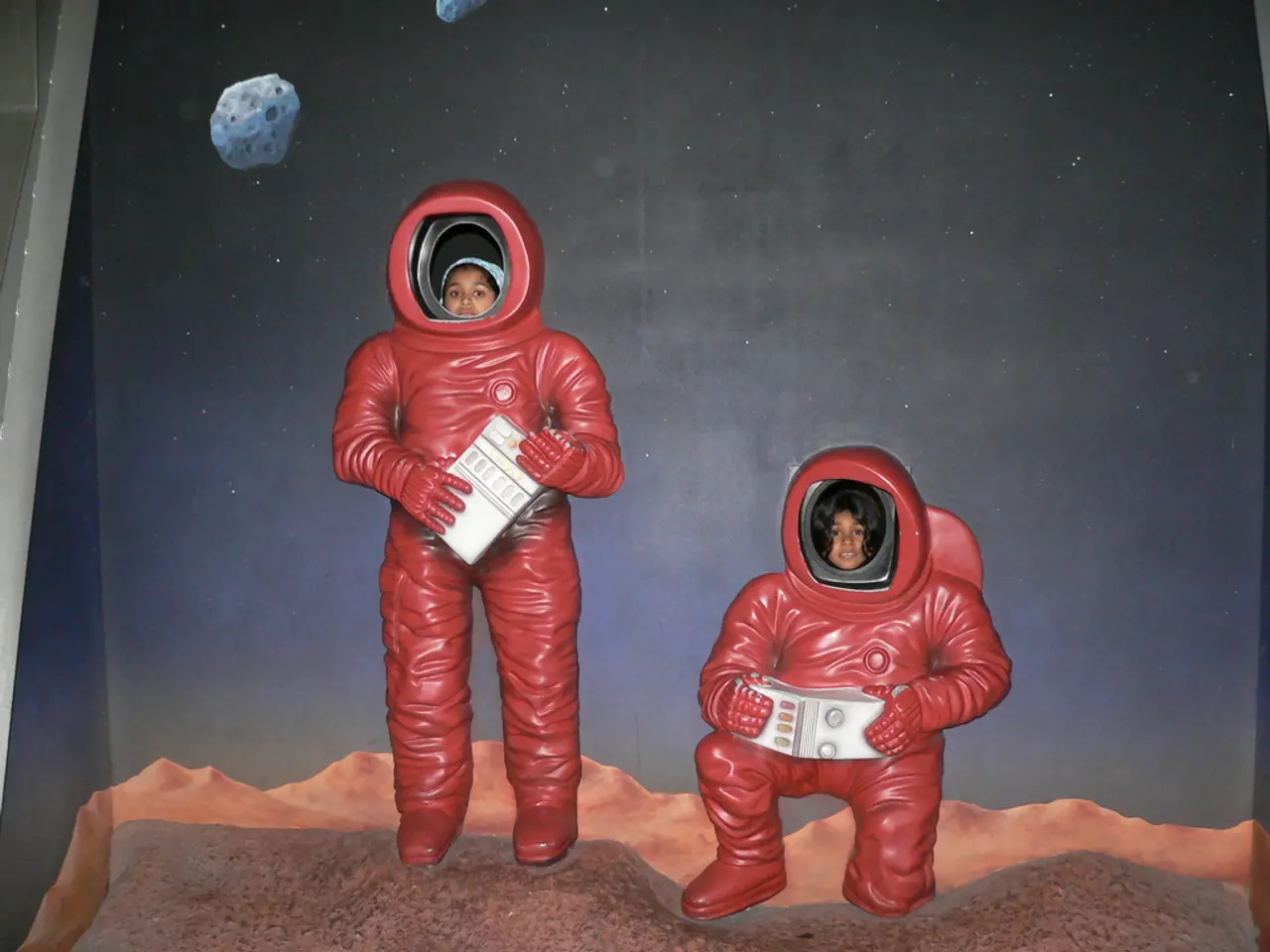NASA may potentially equip the Moon with a 100-kilowatt nuclear reactor, aiming to surpass China and Russia in lunar exploration advancements.
NASA Accelerates Lunar Nuclear Power Project to Boost U.S. Presence
NASA is speeding up its plans to develop and launch a 100-kilowatt nuclear fission reactor to the Moon by 2030. This ambitious goal, announced by the agency's interim chief, Sean Duffy, in August 2025, aims to provide a continuous, reliable power source for lunar bases during the Moon's two-week-long night cycle.
The move is a strategic response to China and Russia's space programs, which also plan lunar nuclear projects for the mid-2030s. By deploying a reactor first, the U.S. hopes to establish a foothold on the lunar surface and potentially claim a "keep-out zone" under reactor safety protocols.
The directive issued to NASA in 2025 orders the agency to solicit industry proposals for a larger, more powerful reactor suitable for sustaining a lunar base. This upgrade from a previous target of a smaller 40-kilowatt system marks a significant acceleration and scaling up of NASA’s lunar power ambitions.
The reactor would be essential for crewed lunar operations, habitats, rovers, and mining activities, providing a constant power source that solar power cannot supply. NASA is prioritizing this project despite budget pressures, given its crucial role in supporting the Artemis program's goals for sustainable human exploration by 2030.
The development status as of mid-2025 includes ongoing solicitation of proposals from industry partners for the reactor design, building upon earlier work that awarded contracts for smaller 40-kilowatt reactor concepts in 2022.
However, challenges remain, including technical development, budget constraints, and geopolitical competition. Lawmakers are concerned that NASA is not providing the necessary funding quickly enough to support these commercial ventures, which could jeopardize the timeline.
The Trump administration's budget for 2026 prioritizes human spaceflight with increased funding while advocating for roughly 50% cuts to other programs, particularly science missions. This budget alignment with the directive indicates a clear commitment to the lunar power project.
In summary, NASA's goal is to deploy a 100-kilowatt nuclear reactor on the Moon by 2030, providing constant power to lunar bases. The purpose of this project is to support crewed lunar operations, habitats, rovers, and mining activities during the Moon's long night cycle. The project's status is currently in the proposal solicitation phase, building on earlier work on smaller reactor development contracts. The strategic motive behind this accelerated timeline is to establish a U.S. presence before China and Russia, securing a foothold on the lunar surface. Challenges include technical development, budget constraints, and geopolitical competition.
- The nuclear fission reactor NASA plans to deploy on the Moon by 2030 is a key part of the agency's financial commitment to the Artemis program, which aims to facilitate sustainable human exploration, including crewed operations, habitats, rovers, and mining activities.
- To achieve this goal, NASA is collaborating with finance, science, and industry sectors, particularly by soliciting proposals for a more powerful reactor and building upon pre-existing contracts for the development of smaller nuclear reactors in the energy sector.




